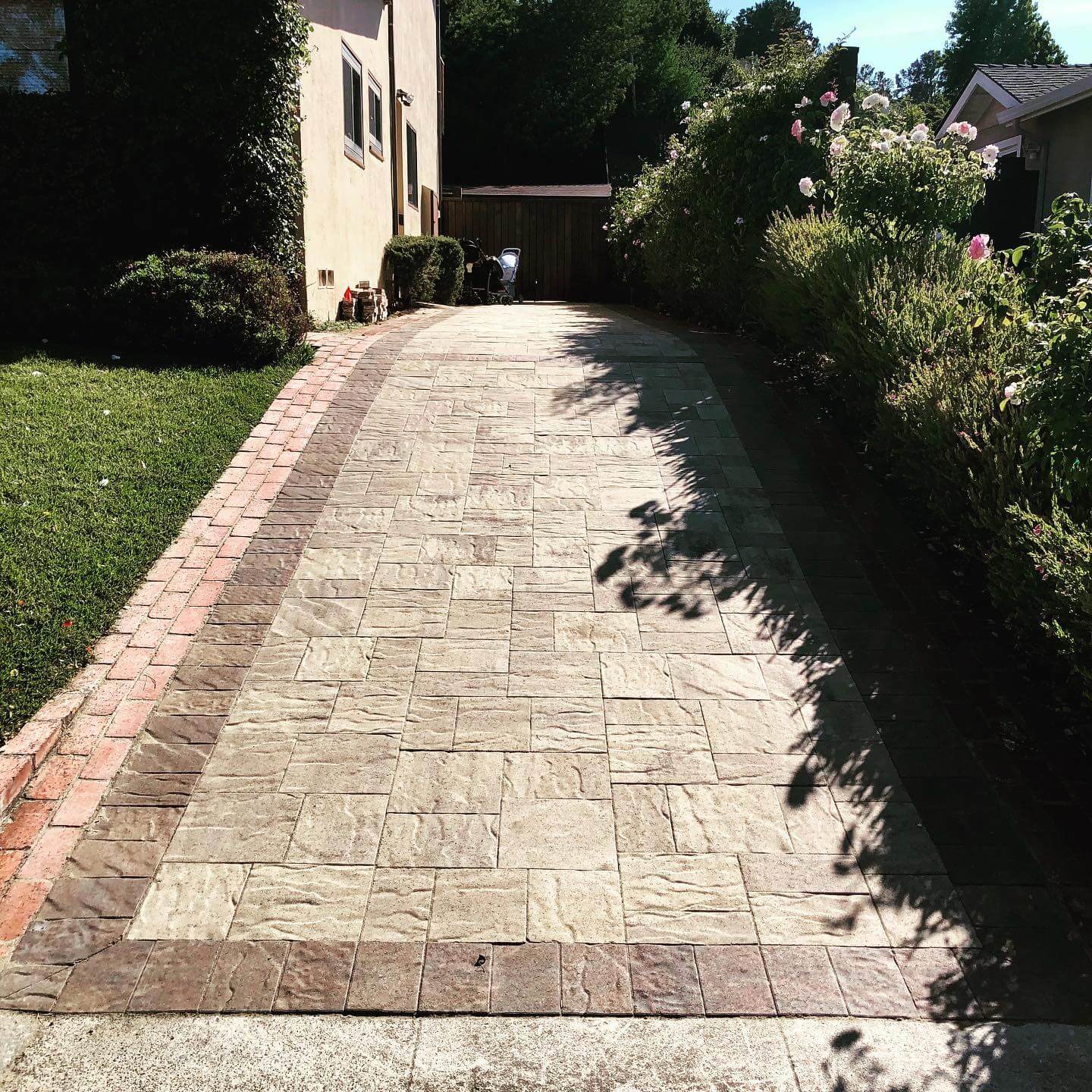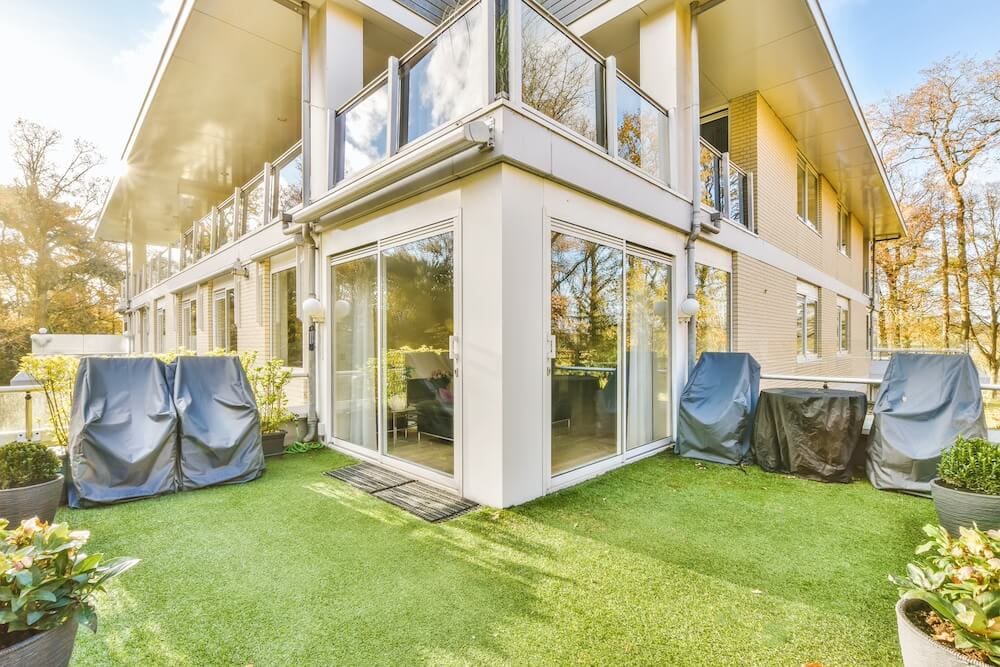
Embracing Biophilic Design in Your Outdoor Living Space: The Ultimate Eco-Friendly Retreat
As we move further into the 21st century, the importance of sustainable and eco-friendly living becomes increasingly evident. More homeowners are seeking ways to reduce their environmental footprint while enhancing their connection to nature. One approach that has gained popularity in recent years is the concept of biophilic design. This design philosophy emphasizes the integration of natural elements and living systems into built environments, promoting holistic well-being and environmentally conscious living.
Incorporating biophilic design principles into your outdoor living space can transform it into a sustainable sanctuary that seamlessly blends green living, aesthetic appeal, and functionality. Imagine stepping into your backyard and being greeted by the calming sounds of a trickling water feature, the rustling of leaves overhead, and the scent of fragrant flowers wafting through the air – all while knowing your space is mindful of the environment.
In this comprehensive guide, we will explore the fundamentals of biophilic design and provide practical tips for incorporating this eco-friendly approach in your custom outdoor living space. We will discuss the benefits of biophilic design, essential elements to consider, and various ways to personalize your sustainable retreat to suit your unique taste and style.
1. The Core Principles of Biophilic Design
Biophilic design is grounded in several essential principles that guide the creation of eco-friendly and nature-connected outdoor spaces:
- Direct Connections with Nature: Incorporating elements such as plants, water features, and natural materials like wood and stone, to immerse our senses in the natural world.
- Natural Analogues: Integrating patterns and shapes inspired by nature in our design choices, creating a visual connection to the environment.
- Biophilic Spatial Arrangement: Designing spaces that mimic elements of natural habitats, such as incorporating various degrees of shelter, openness, and privacy.
By understanding and applying these principles in your outdoor living space design, you can create a sanctuary that fosters a meaningful connection with nature and promotes a sense of well-being and sustainability.
2. Incorporating Biophilic Elements into Your Outdoor Living Space
There are several design features and elements that you can incorporate to create a biophilic outdoor living space:
- Native Plants: Choose native plants that are well-suited to the local climate and natural habitats, reducing water usage and the need for fertilizers and pesticides.
- Water Features: Incorporate water elements such as ponds, streams, or rain gardens to create soothing sound effects and promote biodiversity.
- Organic Materials: Use natural materials like wood, stone, or clay to create a cohesive and earthy look while minimizing the environmental impact.
- Permeable Surfaces: Opt for permeable materials like gravel, porous pavers, or cobblestones for pathways or patios, allowing water to infiltrate the soil, reducing runoff and erosion.
- Shade: Integrate shade-providing features such as pergolas with climbing plants, green roofs, or canopy trees for additional energy savings and a comfortable microclimate.
3. Personalizing Your Sustainable Retreat
Creating a biophilic outdoor living space does not mean sacrificing style or personal taste. Several ways can help you customize your sustainable retreat while keeping it in harmony with your preferences:
- Outdoor Art: Choose art pieces made from reclaimed, upcycled, or natural materials, adding a personal touch to the space.
- Sculptural Elements: Create focal points with unique sculptural pieces or structures that reflect natural forms, such as driftwood benches, leaf-shaped stepping stones, or tree-like arbors.
- Cozy Seating Areas: Design a comfortable outdoor seating area with eco-friendly materials, such as FSC-certified wood or recycled metal.
- Edible Gardens: Cultivate a small edible garden, incorporating fruits, herbs, and vegetables to promote self-sufficiency and enhance the sensory experience of your space.
4. Maintaining Your Eco-Friendly Retreat
Your biophilic outdoor living space will require some regular care and maintenance to ensure its lasting beauty, functionality, and environmental compatibility:
- Sustainable Landscape Management: Adopt sustainable practices such as organic gardening, mulching, and composting to reduce waste and maintain a healthy, thriving ecosystem.
- Eco-Friendly Amenities: Consider energy-efficient lighting, rainwater harvesting systems, drought-tolerant plantings, or even solar-powered features to increase sustainability.
- Wildlife Habitat: Strategically incorporate plants and structural features that attract and support local wildlife, such as pollinator gardens, birdhouses, or bat boxes, enhancing biodiversity and balance within your space.
- Educate and Inspire: Share your passion for biophilic design with friends and family, encouraging them to consider incorporating these principles into their own outdoor spaces.
Conclusion:
Creating a biophilic outdoor living space offers numerous benefits for you and the environment, enabling the harmonious blending of functionality, aesthetics, and sustainability. By embracing the core principles of biophilic design and personalizing your space with eco-friendly features and materials, you can make a positive impact on your well-being and the health of our planet.
Let us help you bring this vision to life, collaborating with you at every step to design and craft an outdoor retreat that is truly your own. Schedule a consultation today with Keystone Yards, and embark on the journey toward creating your ultimate eco-friendly sanctuary, rooted in the healing power of nature and the desire for a more sustainable world.





